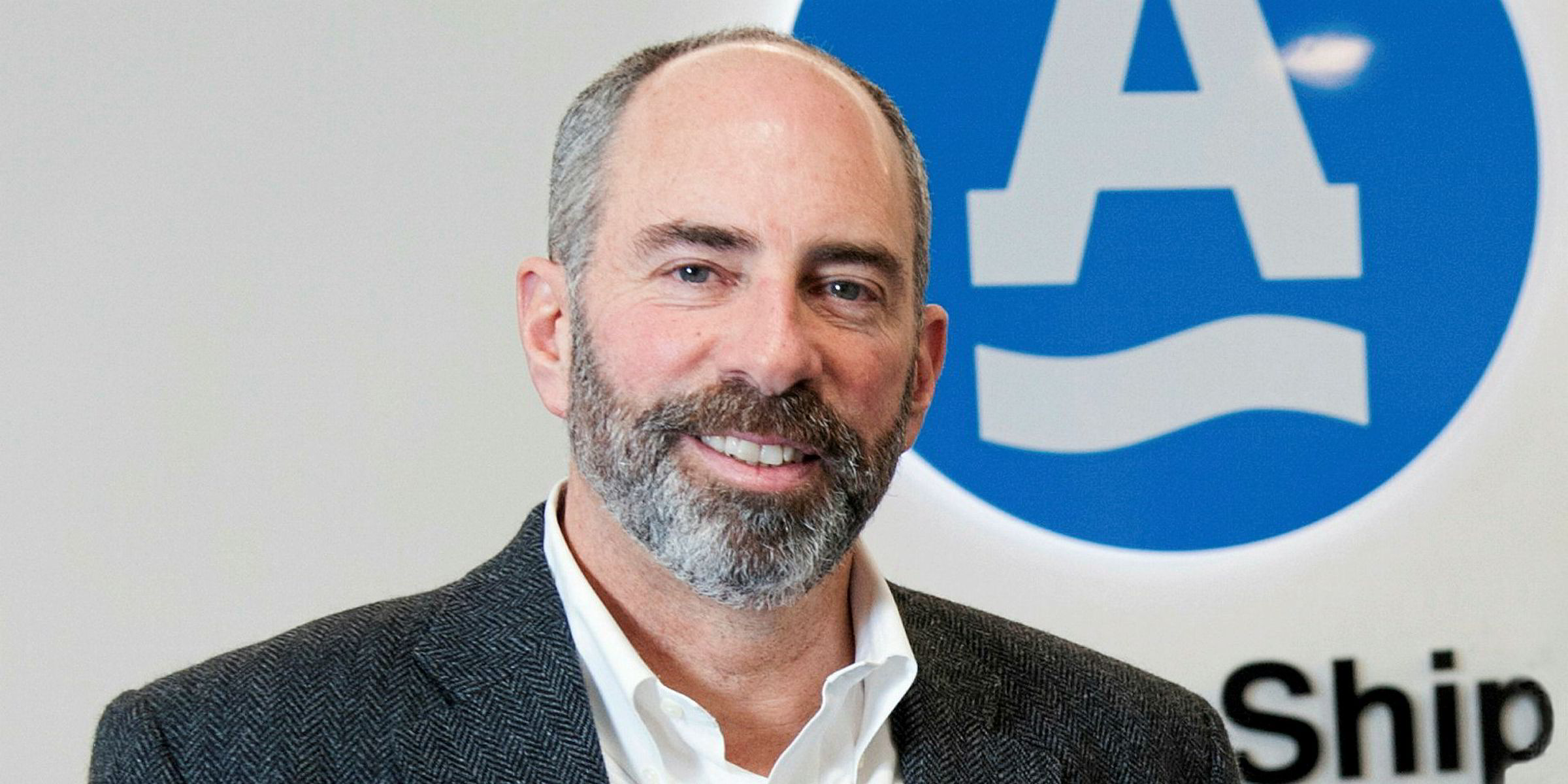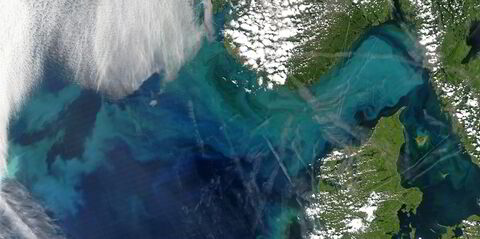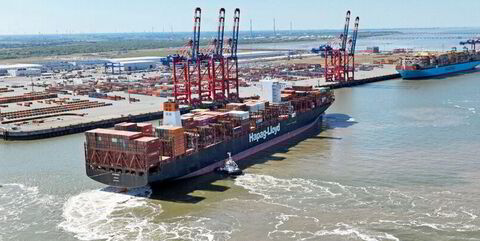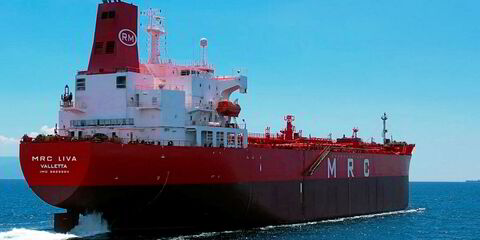Ardmore Shipping this week presented a formula for a products tanker market upturn backed by strong demand growth and a record low orderbook.
Speaking at the company’s capital markets day this week, chief executive Tony Gurnee suggested an extra 120 ships per year were needed to keep place with anticipated demand growth of 4% to 5%.
With only three products tanker yards remaining in South Korea, a couple of smaller facilities in Japan and some in China, coupled with capital constrains, it appears the deck is stacked in the favour of shipowners.
“We are in a market environment now where people are looking at the floor and are not too optimistic,” Gurnee said.
“Let’s remember what an upturn in this business looks like,” he added, noting MR rates of $25,000 per day would translate to earnings per share of $2.80 for Ardmore alongside a dividend of $1.70 per share.
“I’ll leave you with a simple formula. Demand, growth + shipbuilding constraints + capital constrains = upturn.”
Paul Tivnan, chief financial officer of Ardmore, explained that the orderbook presently sits at 4.3% of the trading MR fleet. “That is the lowest it has ever been,” he said.
Thirty of the ships have been delivered this year, with a further 30 to 40 expected. With 25 ships set to be scrapped, net fleet growth for 2017 is projected at 50 vessels.
This will slip to a net gain of just 12 MRs next year as 37 new ships arrive and 25 are estimated to be scrapped, according to figures he presented to investors.
Gernot Ruppelt, head of chartering at Ardmore, says MR rates are up by 30% from the trough last year, while the tine charter market has moved up from a floor of $12,000 per day to $13,750 per day.
“Quite noteworthy is there has been a flurry of interest in the time-charter market in the past four to six weeks with many of the major players and oil companies formally tendering the market,” he added.
Gurnee also reflected on the takeover of the Frontline MR fleet last summer.
“On one level, you can say its only six ships,” he said. “Given the size we are it gave us a threshold of scale on the commercial side which has enabled us to really build out our chartering and commercial operations. That has I think enabled us to significantly improve our performance.”



